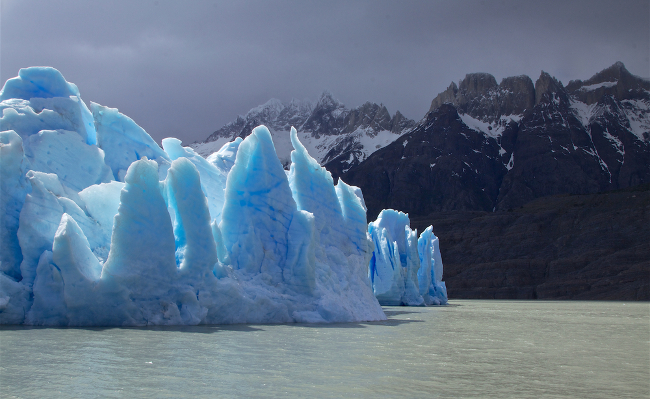
We’ve already talked about the Arctic and how climate change is melting the North Pole at worrying speed — it could raise the ocean by 20 feet. But if the West Antarctic Ice Sheet melts along with it, that could raise ocean levels by 200 feet, which would be more than enough to drown most coastal cities. So, uh, yeah, guess what the West Antarctic Ice Sheet is doing.
What keeps the ice sheet out of the ocean is a network of glaciers serving as a sort of plug keeping the sea away from the ice. But those glaciers are falling apart. “Calving,” or glaciers shedding chunks of ice into the sea, is nothing new, but these glaciers are over the ocean in the first place, where the ice sheet isn’t. Think of glaciers like big ice cliffs, while the ice sheet is solid ground. A new study found that the Pine Island Glacier experienced a calving in 2015 caused by cracks in the ice sheet itself, first uncovered in 2013. In other words, the ice sheet is melting and the glacier is breaking because of that instead of the natural progression of water eroding the glacier.
This fits with the model that the ice sheet is “retreating,” (the scientific word for melting) and yeah. That’s bad. Did we mention NASA believes a fair chunk of these glaciers melting is “unstoppable?” We might be able to save at least some of the ice sheet. The whole thing doesn’t have to melt. But we need to act, and quickly, or we might soon be dredging the Sea Of Los Angeles.
(Via Gizmodo)






